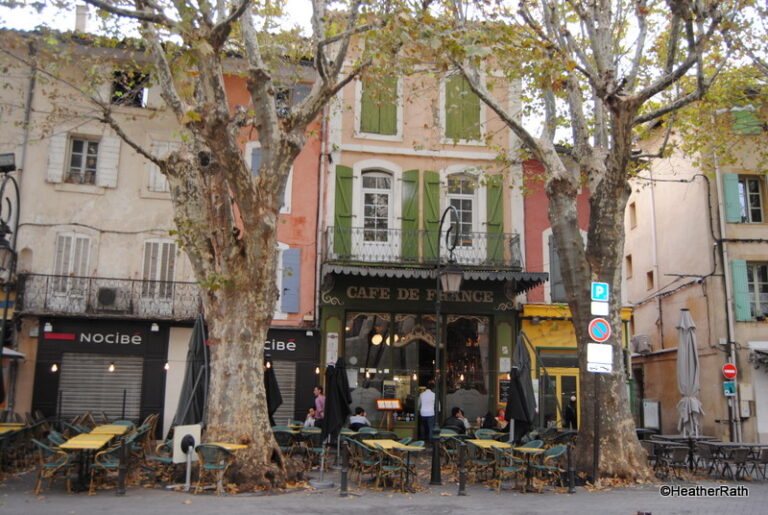Of Popes and Wine
If you thought Roman Catholic Popes always lived in the Vatican City in Rome, think again.
Better yet, visit Avignon, a historic mediaeval city in central France in Provence. Now stand in awe before entering the Palais des Papes (Popes’ palace), the largest mediaeval Gothic palace in the world. From the famous Pont d’Avignon (Bridge of Avignon), the imposing structure with its awesome skyline towers above the town.
Background
The change in papal scenery from Rome to the smaller city of Avignon came when Pope Clement V was elected Pope in 1305. Because of a nasty political climate brewing in Rome, he decided to transfer papal power to Avignon to avoid increasing political unrest at ‘home’. He chose to build his papal palace on the foundations of an old Episcopal Bishop palace.
But it was under Pope Benedict XII in 1334 that the original buildings were expanded. The Popes’ Palace site is actually two palaces joined together—the original old palace (the “Palais Vieux”) constructed under Benedict XII— and a new palace (the “Palais Neuf”) begun under Pope Clement VI in 1342.

Nine Popes, from 1309 to 1377, resided in this magnificent castle before the last one, Gregory XI, returned to Rome.
Following centuries of neglect—including the seizure and ransacking of the palace during the French Revolution, and its abuse by Napoleon’s armies for barracks and stables—the palace was finally turned over to the public in 1906 as a museum. It was named a UNESCO World Heritage site in 1995.
Roaming the 25 rooms open to the public is an eyeopener: frescoes, each pope’s personal touches to the buildings, kitchens, chapels, hidden nooks and crannies. It’s like wandering around a massive movie set only each iconic image is genuine.
Wine
And how is wine connected to this awesome site?
While exploring the outer gardens, destiny led us to ‘The Popes’ Vine’, a grapevine growing on the perimeter grounds of the palace. Although planted in 1997, the vine is a living symbol of the four grape varieties cultivated in Avignon and the surrounding areas since the 12th century during the time of papal rule. The varieties: Viognier and Grenache blanc – white wines, and Syrah and Grenache rouge – red wines.
This tidbit of information inspired us to follow our wine noses to Châteauneuf (neuf means ‘new’ in English), the summer palace of the popes, a 21minute (17.5 km) ride away. And for good reason.
Châteauneuf
Here, in the area of the popes’ summer residence, grows the grape for Châteauneuf-du-Pape wine, a libation considered to be divine nectar. Internationally renowned, the wine’s origins go back to the Popes in Avignon. In 1316, newly-elected Pope John XXII, whose roots lay in the aristocracy of Cahors, a wine region in the southwest of France, settled permanently in the Palace of the Popes. When he chose Châteauneuf for his summer residence, he directed Cahors winemakers, who were members of his pontifical court, to plant the first papal vineyard.

In 1325, production of papal wine reached twelve barrels. The Châteauneuf-du-Pape AOC was created in 1936. Today, bottles from prestigious Châteauneuf-du-Pape estates are sought after by the finest restaurants worldwide.
And it was Pope John XXIII, who used a wine analogy when he uttered his famous line: “Men are like wine – some turn to vinegar, but the best improve with age.”
Seems popes and wine go together after all.
Travelled: November, 2018





